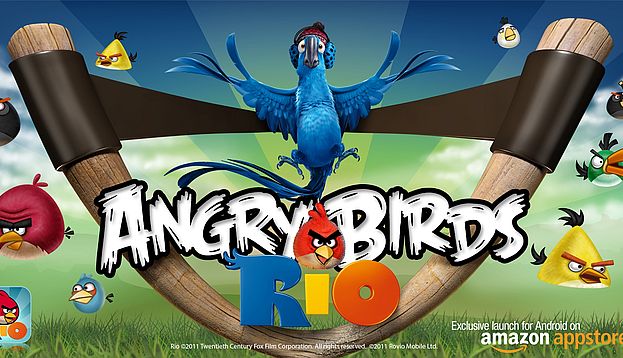As advertising saturated media, consumers learned to tune out overt appeals to buy products. That natural immune response led marketers to look for ways to break through with advertising and brand messages, and the result has been an ever-expanding array of creative marketing. This is no longer a creative fringe idea for marketers — it’s part of the standard arsenal every marketer should be using.
Of course, the hybridization of entertainment and marketing operates on many levels, with many variations. It’s not a cut-and-dried, standardized process — and in that, it’s much more similar to entertainment. Sure, there are broad forms, but the creativity being used by marketers is endless. The appetite of companies for successful content-based marketing seems to be endless, as long as it drives results. Now we’ve moved into a zone where the creation of content and the creation of marketing for that content are hard to separate.
“I believe the biggest entertainment brands of the future will be built on mobile first, with many starting as mobile games,” declared Andrew Stalbow, co-founder and CEO of Seriously, which has launched the very successful Best Fiends mobile game. Stalbow knows plenty about the intersection of entertainment and marketing, having been instrumental while working at 20th Century Fox in bringing together Rovio with Fox’s movie Rio, resulting in Angry Birds Rio.
“The Angry Birds Rio game was launched three weeks ahead of the movie and, with 20 million downloads ahead of what turned out to be a successful movie release, we saw data that showed the game had been the most powerful piece of marketing in the campaign for key demos,” recalled Stalbow in an article on Medium. Twenty or thirty years ago, games based on movies were seen as generally the worst quality of games. Now, we’re seeing games as an integral part of the marketing mix — and something that can be the biggest factor in helping keep a major franchise going for years.
“Many brands use owned media, or work with celebrities,” noted ad exec Mike Wiese in a Forbes article. “But marketers like Vans with the Warped Tour, or P&G with the People’s Choice Awards, see marketing as an investment in developing an audience to help build their own entertainment brands and loyalty for their products. ”
One of the hottest trends in game marketing these days is something many people don’t even realize is marketing — livestreaming games. What makes this even more interesting is that for the most part, livestreams are not created or directed or controlled by the game companies. This is entirely user-generated content, where someone plays a game and streams it to the world because they enjoy it — or they are really good at, or great at making commentary over not-very-good game playing. Savvy companies are reaping a great marketing benefit by letting this occur, with millions of views and millions of viewers getting engaged and caught up in a brand.

It’s not all livestreaming, either. Much of this marketing content is recorded and kept on YouTube. The clearest example of this is Minecraft, which regularly grabs over 4 billion views per month on YouTube. Millions of Minecraft viewers spend long hours absorbing these videos, and then playing more Minecraft — and evangelizing Minecraft to their friends. Influencers like PewDiePie are helping many different games by showcasing them to their audiences of tens of millions, even when these videos are not necessarily complementary to a game or show a game in the best possible light.
Some companies, like Nintendo, have tried to exert control over user-created videos, wanting a share in the revenue influencers generate and some measure of control over what games are played and how they are presented. The result has been some influencers (like PewDiePie) turning away from using Nintendo games, thus depriving Nintendo of a great deal of attention and awareness.
The growth of advertainment has led to many successes, and the broad array of options for getting content to people has greatly aided this. The powerful amplifying effect of social media can bring small or large marketing content to an amazing audience in a brief amount of time. Look at the success of Red Bull’s videos, and the collaboration with GoPro to create some astonishing videos. Or how Dodge was able to boost Durango sales by more than 40 percent with an adroit use of Will Ferrell in a series of videos.
We’re now even seeing brand advertisers on the cutting edge of technology, with companies like Marriott using VR to create some very engaging marketing. The company has even set up its own studio to create content like the new Do Disturb web series. There’s nothing to show more clearly how content is becoming a part of marketing even for companies where making entertainment is normally not at all part of their business.
The Mad Men days of marketers focusing on creating some TV ads, magazine ads and perhaps few billboards and knocking off the rest of the day for drinks are long gone. Marketers are now being called upon to create content as well as integrate with it, and become part of the entertainment media rather than merely a funding source. It’s an exciting time, and the changes are far from over. Marketers will help lead the way into new future for advertising, entertainment, and marketing.

